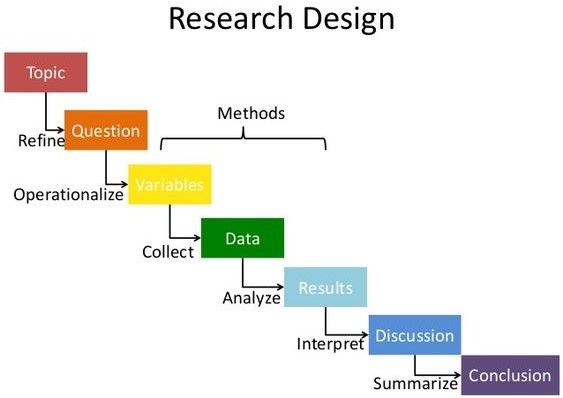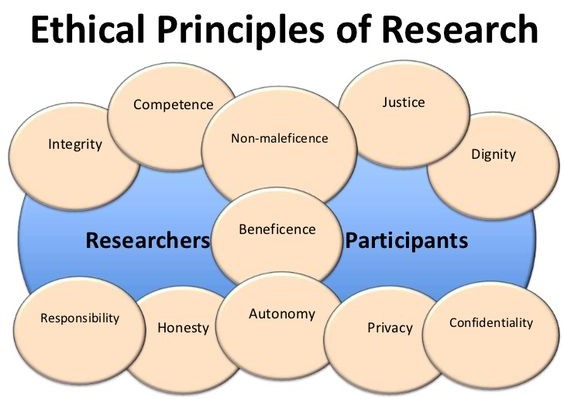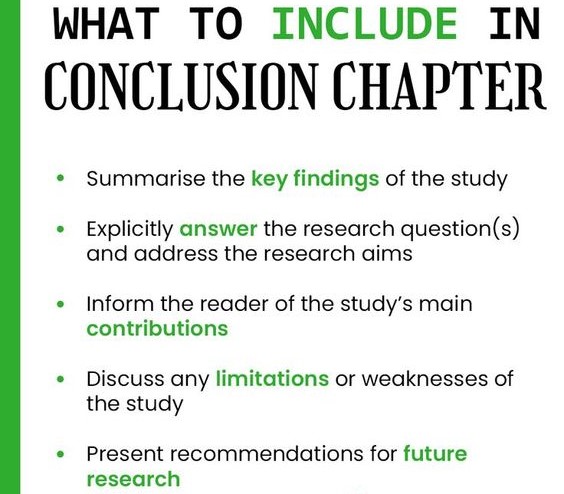
Table of Contents
In today’s healthcare landscape, patient education plays a pivotal role in empowering individuals to actively manage their health and achieve optimal outcomes. Nursing research papers on patient education are crucial for advancing the field and improving patient care.
This comprehensive guide will equip you with the knowledge and strategies to write an impactful nursing research paper on patient education that resonates with readers and contributes significantly to the body of knowledge.
How to Write a Compelling Nursing Research Paper on Patient Education
1. Choosing a Powerful Research Question:
The first step in crafting a compelling nursing research paper on patient education is identifying a relevant and impactful research question. This question should guide your entire research process and ensure your findings have practical implications. Here are some key considerations:
- Current Gaps: Identify areas where existing knowledge on patient education is lacking or where further exploration is needed. For example, what are the most effective methods for educating patients on a specific health condition, or how can patient education be tailored to diverse cultural backgrounds?
- Clinical Relevance: Your research question should address a pressing issue in clinical practice. For instance, how does patient education impact medication adherence, self-management skills, or patient satisfaction?
- Feasibility: Consider the resources available to you, including time, funding, and access to participants. Choose a research question that is manageable within your constraints.

Example Research Questions:
- “Does a structured educational program on diabetes management improve glycemic control and patient satisfaction compared to standard care?”
- “What are the barriers to accessing and understanding health information among low-literacy patients, and how can these barriers be addressed through patient education interventions?”
- “Does a culturally tailored patient education program for newly diagnosed cancer patients improve their quality of life and reduce anxiety?”
2. Developing a Robust Research Design:
Once you have formulated your research question, it’s essential to choose an appropriate research design that aligns with your objectives.
- Qualitative Research: This approach is ideal for exploring patients’ experiences, beliefs, and perceptions related to patient education. It can involve methods like interviews, focus groups, or observation to gather rich and nuanced data.
- Quantitative Research: Quantitative research uses numerical data to test hypotheses and measure the effectiveness of patient education interventions. Common methods include surveys, experiments, and statistical analysis.
- Mixed Methods: This approach combines both qualitative and quantitative methods to provide a comprehensive understanding of patient education. It can involve using quantitative data to measure outcomes and qualitative data to explore the context and experiences of participants.

3. Selecting Relevant Literature:
Conducting a thorough literature review is crucial for understanding the current state of knowledge on your chosen topic. This involves searching for relevant articles, books, and other publications related to a nursing research paper on patient education.
- Identify Key Concepts: Define the scope of your literature review and identify the core concepts related to your research question.
- Search Databases: Utilize reputable academic databases such as PubMed, CINAHL, Nursing Papers and PsycINFO to find relevant research articles.
- Evaluate Sources: Critically assess the quality and relevance of each source before including it in your review.
- Synthesize Findings: Summarize and analyze the existing literature to identify gaps, inconsistencies, and emerging trends.
4. Designing Effective Patient Education Interventions:
If your research involves developing a patient education intervention, it’s important to carefully design it to maximize its impact.
- Tailor to Specific Needs: Consider the age, cultural background, health literacy, and specific needs of your target audience.
- Focus on Actionable Information: Provide clear, concise, and evidence-based information that empowers patients to take action to manage their health.
- Use Multiple Modalities: Incorporate a variety of teaching methods such as lectures, demonstrations, group discussions, interactive exercises, videos, and online resources.
- Ensure Accessibility: Make sure your materials are accessible to individuals with disabilities or language barriers.
- Evaluate Effectiveness: Conduct regular evaluations to assess the effectiveness of your intervention and make necessary adjustments.
5. Collecting and Analyzing Data:
The next step is to collect and analyze data according to your chosen research design.

- Data Collection Methods: Choose appropriate methods for gathering data, such as surveys, interviews, observations, or physiological measurements.
- Data Analysis Techniques: Utilize statistical analysis techniques for quantitative data and thematic analysis for qualitative data.
- Maintain Rigor: Adhere to ethical guidelines and ensure the reliability and validity of your data collection and analysis methods.
6. Presenting Your Findings:
Once your research is complete, it’s time to present your findings in a clear, concise, and persuasive manner.
- Structure: Organize your paper using a standard format, including an introduction, literature review, methods, results, discussion, and conclusion.
- Clarity and Conciseness: Use precise language and avoid jargon. Clearly state your research question, hypotheses, findings, and conclusions.
- Visual Aids: Incorporate tables, figures, and graphs to visually present your data and enhance the readability of your paper.
- Discussion Section: Analyze and interpret your findings in relation to the existing literature. Discuss the implications of your research and suggest future directions for research.
7. Ethical Considerations:
All nursing research on patient education must adhere to strict ethical principles.

- Informed Consent: Obtain informed consent from participants before enrolling them in your study.
- Confidentiality: Protect the privacy and confidentiality of your participants’ data.
- Beneficence and Non-Maleficence: Ensure that your research benefits participants and does not harm them.
- Respect for Autonomy: Respect participants’ right to withdraw from the study at any time.
8. Writing an Impactful Introduction:
The introduction of your nursing research paper on patient education sets the stage for your entire work. It should capture the reader’s attention and provide a clear roadmap for your research.
- Hook: Begin with a compelling statement that highlights the importance of patient education and its impact on patient outcomes.
- Background Information: Briefly provide essential background information on patient education, its theoretical underpinnings, and its significance in clinical practice.
- Problem Statement: Clearly state the problem your research aims to address, including the gap in knowledge or the clinical issue you are investigating.
- Research Question: Explicitly state your research question, which should be concise, focused, and answerable.
- Significance: Explain the potential impact of your research and its implications for nursing practice, patient care, and healthcare policy.
9. Crafting a Comprehensive Literature Review:
The literature review section is crucial for demonstrating your understanding of the existing knowledge on your topic and for justifying your research question.
- Organization: Structure your review logically, grouping related studies together and transitioning smoothly between sections.
- Synthesis: Do more than just summarize individual studies. Analyze and synthesize the findings to identify key themes, controversies, and gaps in the literature.
- Critical Evaluation: Critically assess the quality and relevance of the studies you cite, considering factors such as research design, sample size, and statistical methods.
- Relevance to your Research: Clearly demonstrate how the existing literature informs your research question and the rationale for your study.
10. Presenting Methods with Precision:
The methods section provides a detailed account of how you conducted your research. It should be written in a clear, concise, and objective manner.
- Research Design: Describe the type of research design you used (e.g., qualitative, quantitative, mixed methods) and justify your choice.
- Participants: Provide detailed information about your study participants, including their demographics, inclusion/exclusion criteria, and recruitment methods.
- Interventions: If your research involves an intervention, describe its development, implementation, and fidelity.
- Data Collection Methods: Clearly explain the specific data collection methods used, including questionnaires, interviews, observations, or physiological measurements.
- Data Analysis Techniques: Describe the statistical or qualitative analysis techniques employed to analyze your data.
11. Presenting Results in a Compelling Manner:
The results section presents the findings of your research. It should be presented objectively and supported by appropriate data.
- Organization: Structure your results logically, presenting your findings in a clear and concise manner.
- Tables and Figures: Use tables, figures, and graphs to visually represent your data and enhance the readability of your results.
- Statistical Significance: Report statistical significance levels and confidence intervals for quantitative data.
- Themes and Patterns: In qualitative research, identify key themes and patterns that emerged from your data analysis.
12. Discussing the Implications of your Findings:
The discussion section provides an in-depth analysis and interpretation of your research findings. It should be written in a clear, insightful, and engaging manner.
- Interpret your Findings: Explain the meaning of your findings and how they relate to existing research and theory.
- Discuss Implications: Explain the implications of your findings for nursing practice, patient care, and healthcare policy.
- Strengths and Limitations: Acknowledge the strengths and limitations of your study and discuss how they might have influenced your findings.
- Future Research: Suggest future research directions based on the findings of your study and the gaps in knowledge you identified.
13. Crafting a Conclusion:
The conclusion should summarize the key findings of your nursing research paper on patient education and restate the significance of your work.

- Restate Research Question: Briefly restate your research question and the purpose of your study.
- Summarize Key Findings: Summarize the main findings of your research, emphasizing the most important results.
- Implications for Practice: Discuss the implications of your findings for nursing practice and patient care.
- Call to Action: Consider recommending specific actions or strategies based on your findings.
14. Refine and Polish Your Work:
Before submitting your nursing research paper on patient education, take the time to refine and polish your work.
- Proofread and Edit: Carefully proofread your paper for any errors in grammar, spelling, punctuation, and syntax.
Examples of Nursing Research Paper Topics about Patient Education
Here are examples of topics for nursing research papers on patient education to inspire you.
- The Effectiveness of Interactive Technology in Diabetes Self-Management Education: A Nursing Research Paper on Patient Education
- This topic explores how technology can improve patient engagement and understanding of diabetes management.
- Improving Medication Adherence Through Personalized Patient Education: A Nursing Research Paper on Patient Education
- This topic examines the impact of tailoring medication education to individual patient needs and preferences.
- Evaluating the Impact of Nurse-Led Patient Education on Post-Hospital Discharge Outcomes: A Nursing Research Paper on Patient Education
- This topic assesses the effectiveness of nurse-led education programs in improving patient outcomes after hospitalization.
- A Nursing Research Paper on Patient Education: Exploring Barriers to Effective Communication in Palliative Care
- This topic focuses on understanding the challenges and strategies for effective communication in end-of-life care.
- Assessing the Role of Family Involvement in Patient Education for Chronic Pain Management: A Nursing Research Paper on Patient Education
- This topic examines the impact of involving family members in patient education for chronic pain management.
- Developing a Culturally Sensitive Patient Education Program for Cardiovascular Disease Prevention: A Nursing Research Paper on Patient Education
- This topic explores the importance of cultural sensitivity when developing patient education programs, particularly for preventative care.
Nursing Research Paper Writing Help on Patient Education
Wondering how to get professional nursing research paper writing help on patient education? Look no further than PhD Nurse Writer for the ultimate solutions. We offer customized nursing research paper writing help for undergraduate, Degree, Master’s and Doctoral levels. We guarantee original and high quality research papers, essays, case studies and dissertations that will truly elevate your grades.





